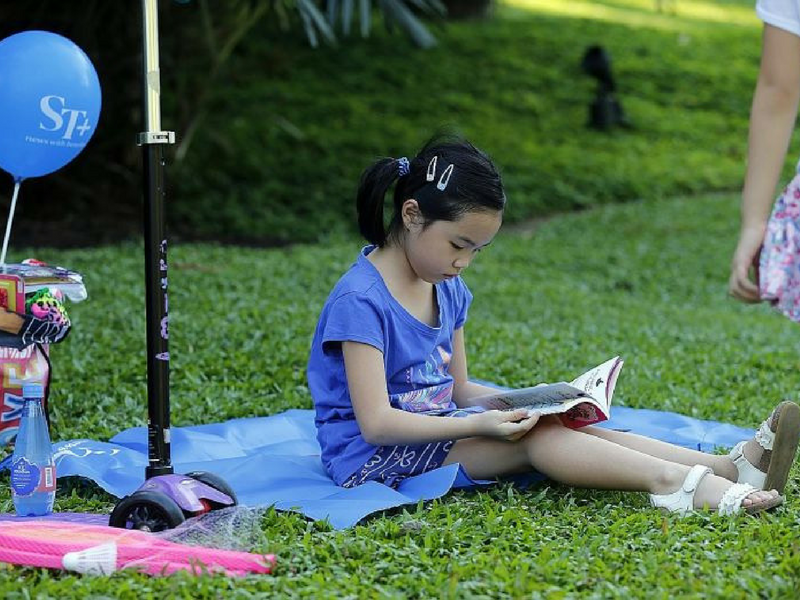via Fisher: If you’re wondering when to start reading to your baby, it’s great to to do right from the start! Here’s what to know about your child’s early development when it comes to reading, listening, and following along with stories.
You don’t have to wait until your child is talking; even from early infancy, reading to your baby begins to teach her to recognize the sounds and rhythm of language and to feel that cuddling with you and reading books is comforting and fun. Reading is also a great way for fathers, grandparents, and older siblings to bond with the baby. Studies show that children who are routinely read to from a young age develop improved language skills and increased interest in reading, which helps improve their readiness for preschool and kindergarten. Try to make reading part of your daily routine with your baby—for example, at bedtime. You can start out reading for a few minutes at a time, and extend to longer reading sessions as your child grows older and develops a longer attention span. Find a comfortable place to read and turn off other distractions such as the television or radio. Make the story come alive by using different voices for different characters, and even acting out parts of the story.
Children can be interested in different types of books depending on their age, development, temperament, and life experiences. Babies like books with interesting things to look at and touch; toddlers also like books that make noises and have fold-out sections they can lift to reveal hidden surprises; and preschoolers appreciate books with more elaborate pictures, rhymes, funny words, and interesting stories. Children may be enthralled with books about animals, trucks, princesses, baseball players, or children like themselves. Try out different books with your child to see what he enjoys. There are the time-honored favorites like Dr. Seuss’s Cat in the Hat series as well as many new books. Check out your local library, bookstores, and friends’ bookshelves.
Here are some tips for reading to your child:
Birth to 1 year:
• In the early months, hold your baby close and read, talk and sing to her.
• By 3-6 months of age, your baby will start to enjoy looking at mirrors and pictures of faces, shapes, colors. She will begin to make sounds, reach out and touch the pictures. Choose books with interesting pictures and textures.
• By 6-12 months of age, your baby will sit in your lap, look at the pictures, touch the book, and put the book in her mouth. Use plastic and cardboard books, and point to and name the pictures for your baby.
1-2 years:
• From 12-18 months of age, your baby might enjoy choosing the book from the shelf, sitting and holding the book, and turning the pages. Follow your child’s interest in reading for as long as the book holds his attention. Ask “Where’s the doggie?” and let your child point to it. Ask “What does the doggie say?” and let your child respond.
• From 18-24 months of age, your child might begin to name familiar pictures and fill in words in familiar stories. She might even “read” to her dolls or stuffed animals and recite parts of stories. When you read, stop to ask your child, “What’s that?” and give your child time to answer.
2-3 years:
• Your child will be able to handle books with paper pages. She understands how the pictures go with the story, and may look for her favorite books and favorite pictures. Be prepared to read the same book over and over. Ask her questions about what’s happening in the book, and relate the story to her own experiences, “That truck looks just like the garbage truck that comes to our house!” Try dropping some words from the end of a rhyme and let her fill in the missing word.
3 years and up:
• Your child will be able to turn pages one at a time. He can listen to longer stories and retell familiar stories in his own words. He will also start to recognize letters and numbers. Ask him questions, “How many balls are there? Let’s count them!” “What’s happening now? What’s going to happen?” Look for books that teach children helpful lessons for making friends, going to school, etc. Encourage him to tell, draw and write his own stories.







